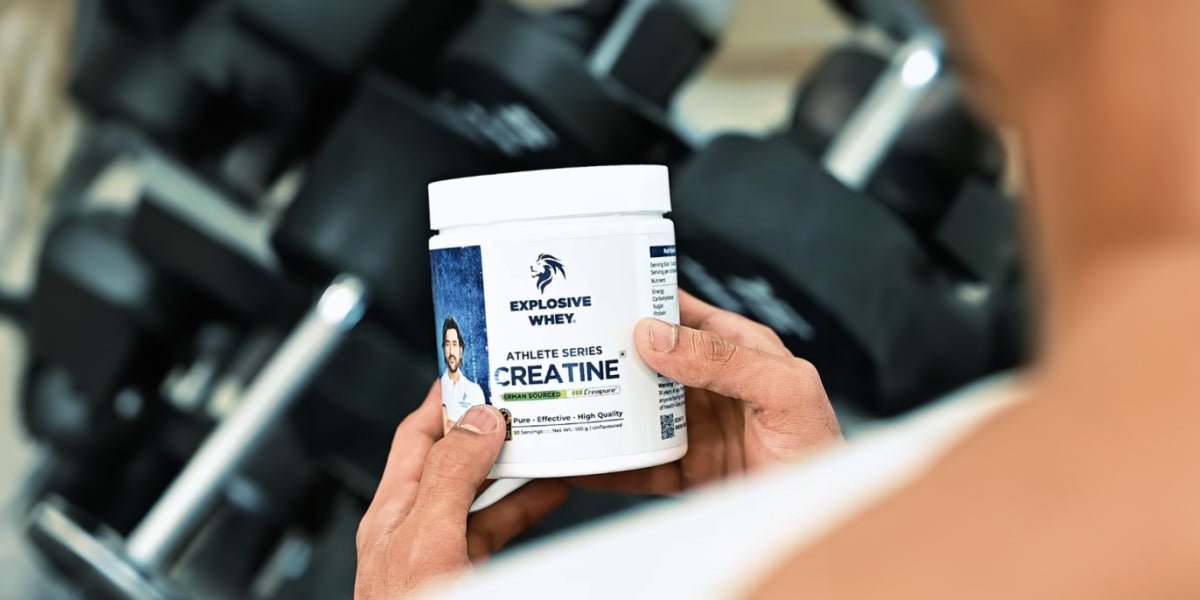In the world of athletics, strength and conditioning play a critical role in boosting performance, preventing injuries, and building endurance. By incorporating a well-rounded approach to training, athletes can enhance their physical capabilities and ensure peak performance. This guide will cover everything from the basics of strength and conditioning to essential exercises and tips for creating a balanced workout routine.
What is Strength and Conditioning?

Strength and conditioning refers to the systematic training that aims to improve an athlete’s physical performance. This method involves combining exercises that build strength, enhance endurance, and improve flexibility for overall athletic growth.
Benefits of Strength and Conditioning
Strength and conditioning provide a variety of benefits, including increased muscle mass, improved stamina, enhanced agility, and better injury prevention. Athletes who follow a structured program can also improve their body’s ability to recover quickly between intense activities.
Essentials for Strength and Conditioning

For athletes, understanding the essentials of strength and conditioning is crucial to achieving desired results. These key elements ensure that you’re building strength without compromising other aspects of fitness such as endurance or flexibility.
Key Elements in Strength and Conditioning
- Progressive Overload – Increasing the intensity or weight of exercises over time.
- Variation – Mixing up workouts to target different muscle groups.
- Recovery – Allowing muscles to heal and grow after intense sessions.
Equipment You Need
To get the most out of your strength and conditioning program, here’s a list of essential equipment:
- Dumbbells
- Barbells
- Resistance Bands
- Kettlebells
- Medicine Balls
- Jump Rope
- Yoga Mat for stretches and recovery
Full Body Strength and Conditioning Workout Routine

A well-designed full-body strength and conditioning workout helps athletes train multiple muscle groups while improving cardiovascular endurance. Here’s a breakdown of how to structure your routine:
Warm-Up Exercises
Before jumping into your workout, warming up your muscles is vital to prevent injury. Start with light conditioning exercises like jogging, jumping jacks, or dynamic stretches to increase your heart rate.
Full Body Workout Plan
- Squats – 3 sets of 12 reps
- Deadlifts – 3 sets of 10 reps
- Push-Ups – 3 sets of 15 reps
- Plank – Hold for 30 seconds, 3 sets
- Burpees – 3 sets of 10 reps
- Kettlebell Swings – 3 sets of 15 reps
Cool Down and Recovery
Post-workout, take 5-10 minutes to cool down with stretches. Focus on deep breathing and slow movements to help your muscles recover and avoid stiffness.
Conditioning Exercises to Enhance Athletic Performance

Conditioning exercises are designed to improve endurance and cardiovascular fitness. They play a vital role in training by increasing lung capacity and heart rate efficiency.
Types of Conditioning Exercises
- Sprinting – Short bursts to build speed and endurance.
- High-Intensity Interval Training (HIIT) – Alternating between intense exercises and rest.
- Plyometrics – Jump-based exercises that increase explosive power.
- Rowing – Full-body cardiovascular exercise.
How to Incorporate Conditioning into Your Routine
To achieve a balanced workout, incorporate conditioning exercises into your training schedule 2-3 times per week. Combine them with your strength workouts for maximum benefit.
Training and Conditioning Tips for Athletes
To get the best results, athletes should follow key principles of training and conditioning:
Progressive Overload Principle
One of the most important aspects of strength and conditioning is progressive overload. Gradually increase the weight or intensity of your workouts to continually challenge your muscles and make gains.
Common Mistakes to Avoid
- Skipping Warm-Ups: Always warm up before starting a workout to prevent injuries.
- Ignoring Recovery: Recovery is just as important as training. Muscles need time to heal.
- Not Varying Exercises: Change your routine regularly to prevent plateaus and keep your muscles engaged.
By following a comprehensive strength and conditioning program, athletes can improve overall fitness, enhance performance, and prevent injuries. Incorporating both strength training and conditioning exercises into your routine will not only help you build muscle but also increase endurance and flexibility, allowing you to reach your peak athletic potential.
Start implementing these exercises and tips into your workout routine and take your training to the next level!
FAQs
Q1) How often should athletes do strength and conditioning?
Athletes should incorporate strength and conditioning workouts 3-4 times per week to see significant improvements in strength, endurance, and overall performance. Recovery days between sessions are essential to allow muscles to repair and grow.
Q2) Can beginners start strength and conditioning workouts?
Yes, beginners can start strength and conditioning workouts! It's important to begin with lighter weights and lower intensity, gradually increasing as strength and endurance improve. Focus on learning proper form to prevent injuries.
Q3) What’s the best way to track progress in strength and conditioning?
Tracking progress in strength and conditioning can be done by keeping a workout log, and measuring performance metrics such as reps, weight lifted, and endurance improvements. Regular fitness assessments, body composition measurements, and progress photos can also help gauge results over time.
Q4) What is a conditioning workout?
A conditioning workout is a type of exercise routine designed to improve overall physical fitness by enhancing strength, endurance, flexibility, and cardiovascular health. It prepares the body for peak performance in sports or physical activities.










Leave a comment
This site is protected by hCaptcha and the hCaptcha Privacy Policy and Terms of Service apply.